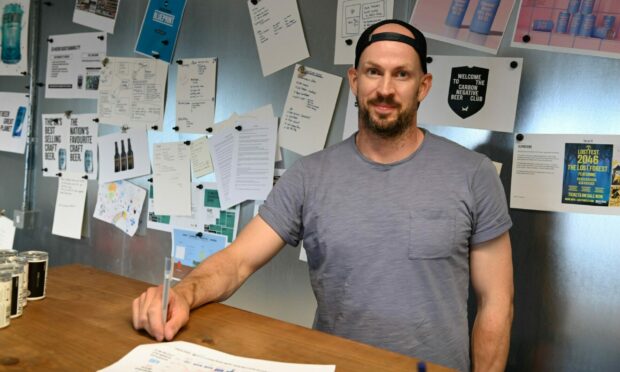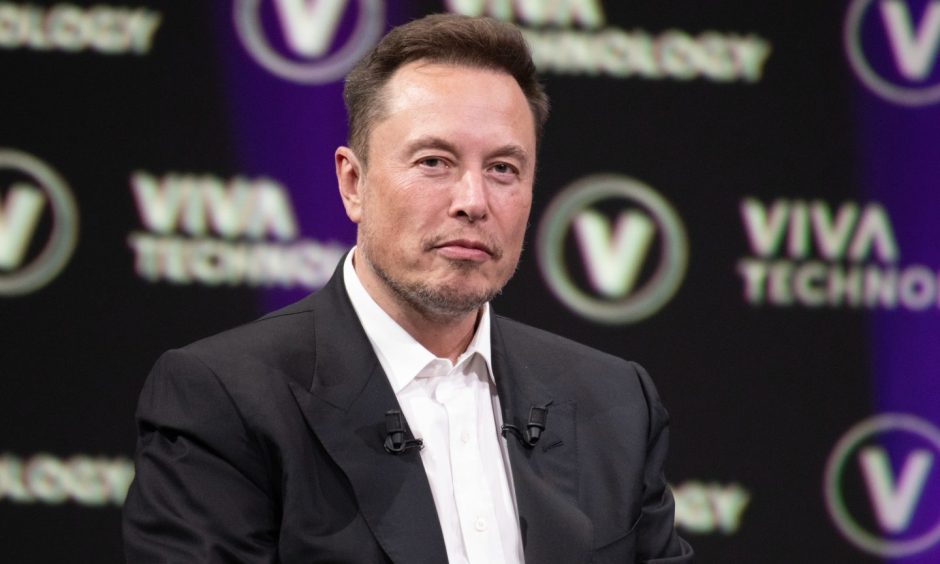James Watt’s BrewDog made a £59 million loss in 2023 before he stepped down as CEO.
It was the fourth successive year the Ellon craft beer giant had posted a pre-tax loss.
But that isn’t stopping Mr Watt unveiling his own blueprint for eliminating government waste.
The entrepreneur, from Fraserburgh, has launched a “Shadow Doge” initiative in a bid to emulate tech billionaire Elon Musk’s cost-cutting drive in the US.
But what exactly has Mr Musk been tasked with doing, and how does Mr Watt intend to replicate him in the UK?
What is DOGE?
DOGE is an acroymn for the department of government efficiency.
It’s an initiative which has been set up by President Donald Trump to cut wasteful and fraudulent federal spending in Washington.
And he’s tasked Mr Musk, the world’s richest man, with leading it.
The Tesla and SpaceX CEO has been given sweeping powers to act by the President even though DOGE isn’t an official government department.
Mr Trump claims DOGE has already found “tens of millions” in savings – a claim which has been heavily disputed.
Why is James Watt trying to emulate this?
The BrewDog founder says he’s “sick of talking about how broken” government is in the UK.
He has been critical of Sir Keir Starmer’s Labour administration since last July.
Instead he is setting up “Shadow Doge” – BrewDoge? – as an “unofficial, underground cousin” of Mr Musk’s savings drive in the US.
What will it do?
Mr Watt’s new initiative will put in Freedom of Information bids to find out more about where taxpayer cash is being spent.
An anonymous hotline will be put in place for public sector workers to report “waste”.
Reports will be published which aim to show where money could be spent more effectively.
And public sector bodies viewed as the worst offenders for waste will be targeted in league tables.
Mr Watt reckons improved efficiency can prevent the UK Government from having to choose between cutting public services and increasing taxes.
Is it really that simple?
The craft beer entrepreneur might have more trouble cutting through than his model in the United States.
For one, the prime minister isn’t exactly compelled to listen to him – whereas Mr Musk has been glued to President Trump.
And convincing government departments to cut internal spending is never an easy task at the best of times.
For example, Mr Watt wants to target the money spent by the government on PR.
Yet it’s hard to imagine any administration wanting to take a sledgehammer to its communications budget.
Of course, Mr Watt himself has been a beneficiary of taxpayer spending in the past.
A Freedom of Information request submitted by The Press and Journal three years ago found BrewDog had received more than £1 million since 2007.
The craft beer firm had received an extra £3 million from Scottish Enterprise as well.
Does Mr Watt deem that wasteful spending, or would he make an exception?



Conversation